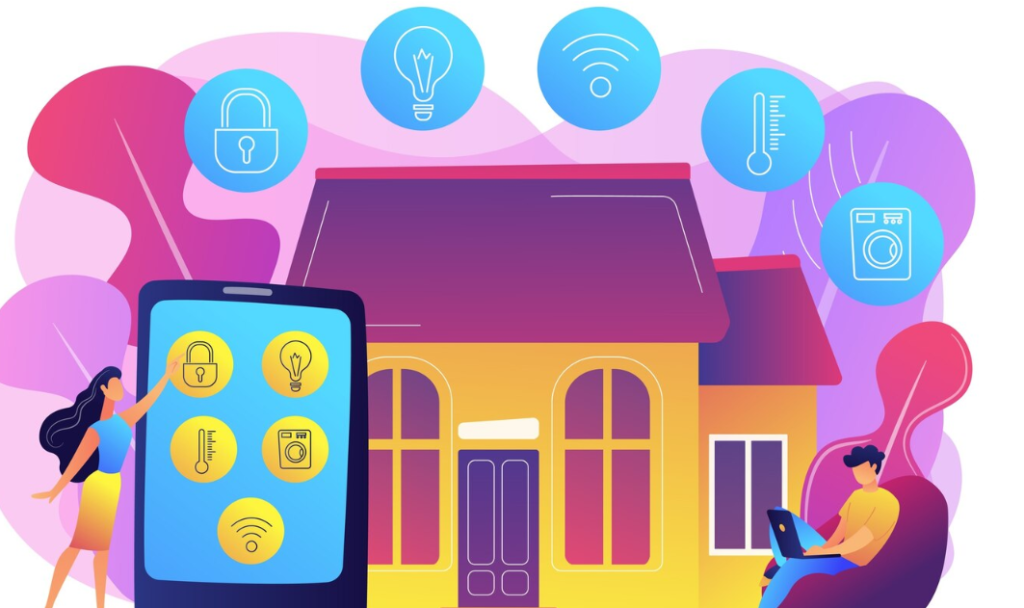Introduction
AI-powered voice cloning technology has made astonishing progress in recent years. With just a few seconds of audio, artificial intelligence can generate near-perfect replicas of a person’s voice. While this technology has exciting applications in entertainment, accessibility, and customer service, it also introduces serious risks. Cybercriminals are exploiting AI voice cloning for identity theft, fraud, and misinformation. This article explores the dangers of AI voice cloning and what can be done to mitigate them.
How AI Voice Cloning Works
AI voice cloning relies on deep learning models that analyze a speaker’s voice patterns, tone, and pronunciation. Some of the key techniques involved include:
- Neural Networks and Deep Learning: AI models train on large datasets of human speech to understand voice characteristics.
- Text-to-Speech (TTS) Synthesis: Once trained, AI can generate speech from text in a specific voice.
- Few-Shot Learning: Some AI systems require only a few seconds of audio to replicate a voice accurately.
Advancements in AI have made voice cloning more accessible, with software and cloud-based tools available to the public. However, this accessibility also enables malicious actors to misuse the technology.
The Threat of AI Voice Cloning in Identity Theft
1. Voice Phishing (Vishing) Scams
Cybercriminals use AI-generated voices to impersonate family members, colleagues, or financial institutions. Common scams include:
- Fraudsters calling victims while mimicking a loved one in distress, requesting urgent financial help.
- Fake bank representatives tricking people into revealing sensitive information.
- Scammers impersonating business executives to authorize fraudulent transactions.
2. Deepfake Audio in Disinformation
AI voice cloning can be used to create fabricated recordings of politicians, celebrities, or public figures. These deepfake audio clips can:
- Spread false information and manipulate public opinion.
- Damage reputations by fabricating scandalous statements.
- Influence elections and business decisions through misinformation campaigns.
3. Unauthorized Access to Voice Authentication Systems
Many banks and security systems use voice authentication for identity verification. AI-generated voices can bypass these security measures, granting hackers access to sensitive accounts.
Real-World Cases of AI Voice Cloning Fraud
Several incidents highlight the dangers of AI voice cloning:
- CEO Scam: Criminals cloned the voice of a company’s CEO to instruct an employee to transfer $243,000 to a fraudulent account.
- Grandparent Scam: Fraudsters used AI to mimic the voices of grandchildren, convincing elderly victims to send money.
- Political Deepfakes: Fake voice recordings of politicians have been used to spread misleading information before elections.
How to Protect Against AI Voice Cloning Threats
1. Verify Caller Identity
Never trust voice alone for verification. Always confirm important requests through multiple channels, such as email or in-person confirmation.
2. Strengthen Security Measures
- Use multi-factor authentication (MFA) instead of voice-based security.
- Be cautious about sharing voice recordings online, as AI can train on publicly available audio.
3. AI Detection and Countermeasures
- Researchers are developing AI tools to detect synthetic voices and deepfake audio.
- Governments and tech companies are working on watermarking techniques to identify AI-generated content.
Conclusion
AI voice cloning is a double-edged sword. While it offers exciting innovations, it also poses significant risks, especially in identity theft and fraud. As the technology continues to evolve, individuals, businesses, and regulators must take proactive steps to prevent its misuse. Awareness and vigilance are the first lines of defense in the fight against AI-powered deception.


